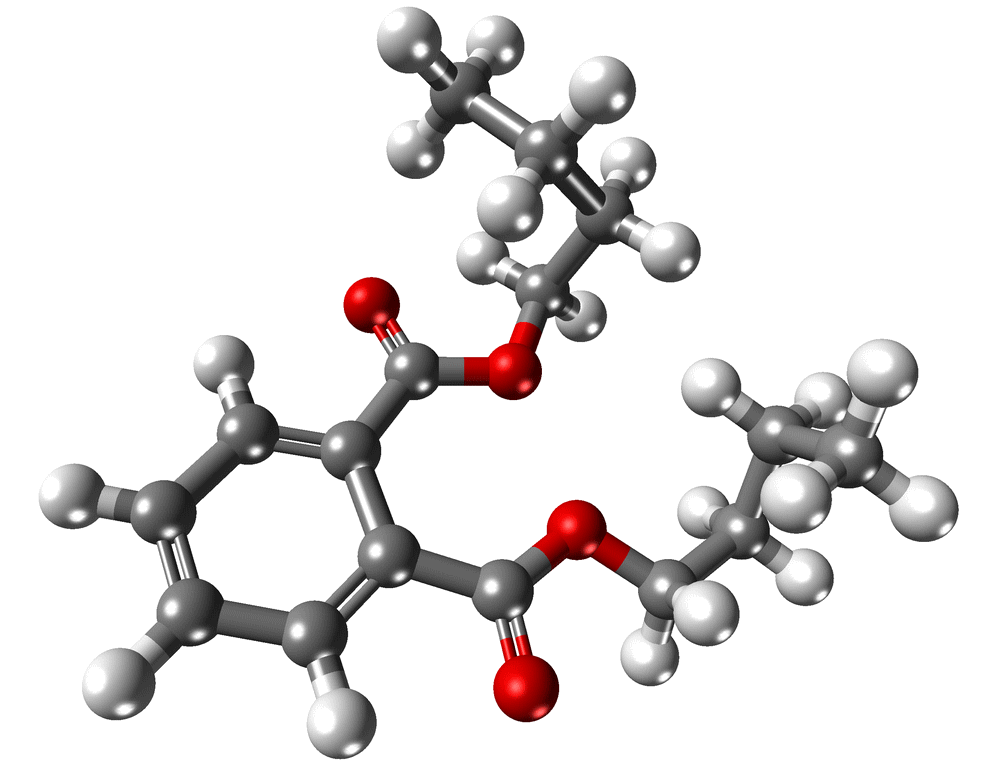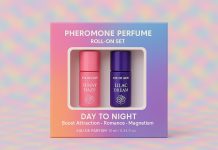What does it really mean that an adult toy is labeled “body safe”?
The answer: A lot less than it does for a child’s toy.
In a new study published in Microplastics and Nanoplastics, four different types of adult toys were shown to release hormone-disrupting chemicals, according to Mashable India.
Science Alert reports that the scientific experiments conducted by Duke University found that all four of their experimental groups, “anal toys, beads, dual vibrators and external vibrators,” excreted nanoplastic fragments when mechanically rubbed and scraped.

“What’s more, all these sex toys were found to contain phthalates; a group of widely used chemicals that can be detrimental to human health,” shares Science Alert. “At high enough concentrations, they are known to damage the liver, kidneys, lungs and even the reproductive system.”
With this new information, scientists are now warning consumers that the majority of sex toys on the market labeled “body safe” have not been properly assessed for future health risks.
The added controversy of this news is that the materials studied, all of which have been okayed thus far for the highly sensitive and porous membranes of the vaginal and anal canals, have long been determined “potentially toxic and strictly regulated among kids toys,” because comparable regulations are nonexistent. Additionally, the concentration of phthalates found in the current review exceeds US regulations and EU standards for children’s toys, for which there is no standard in adult toys.
Vibrators and anal beads — ordinarily made of plastic, silicone, rubber or latex — are intended to interact with some of the most sensitive membranes of the human body, as these tissues have unique capabilities to absorb chemicals rapidly.

“What these chemicals are doing to adult health is unknown,” Science Alert cautions. “While studies show that young children can absorb phthalates when putting objects in their mouths, it is unclear if adults can also absorb these chemicals when using sex toys on permeable tissues.”

Another of the toys which was proven to contain phthalates was falsely labeled “phthalate-free”. Phthalates, a group of chemicals commonly found in industrial and consumer products, utilized to lengthen the life of plastic, is as potentially harmful to human health as it is widespread in the modern human society.
“In high concentrations, phthalates can cause damage to the liver, kidneys, lungs and even the reproductive system,” reports Mashable India.
According to Editorji, in spite of their legality, phthalates ought not to be taken lightly: “[Phthalates] are notorious for their potential to cause significant harm to human health, particularly when present at elevated concentrations. They have the ability to disrupt the endocrine system and impair the proper functioning of multiple organs. Their detrimental effects extend to pregnancy, child development and the reproductive systems of both children and adolescents, resulting in enduring consequences. Adding to their concerning profile, phthalates are classified as hormone disruptors, elevating the risks of miscarriages and gestational diabetes.”

Science Alert adds that: “Some of the phthalates identified in our experiments have been observed concurrently with serious fertility complications or loss of fertility in rodents at high concentrations,” the authors of the study write, “though causation may not have been demonstrated, the correlation is concerning enough to warrant further investigation.”
The results of this specific study are not necessarily indicative of causation, since the mechanical abrasions simulated were not necessarily equivalent to the way in which sex toys are generally used in the bedroom. Science Alert calls the results a representation of “a worst-case scenario that needs to be investigated further.”
Editorji notes that: “The study takes on added significance considering the substantial surge in interest for sex toys…This observation underscores the manner in which the pleasure industry capitalizes on promoting sexual empowerment, often without giving due consideration to the critical aspect of sexual health.”
As the market demand for adult products increases, scientists and activists are calling on government regulators to directly address their concerns by enforcing labeling transparency and regulating medical quality for intimate products.

“While it is too early to say how dangerous these chemicals are, the fact that they haven’t been safety tested for our most intimate body parts is worrisome,” adds Science Alert.
Editorji points out that this report is a part of a much larger problem for American health: harmful microplastics are being found everywhere in the modern human’s body. In fact, according to Mashable India, scientists have just found “plastic pollution” inside the human heart for the first time.
In a new study, recently reported to the American Chemical Society, a group of Chinese researchers at the Beijing Anzhen Hospital examined the heart tissue from 15 patients who had had heart surgery where they discovered the microplastics.















You must be logged in to post a comment.